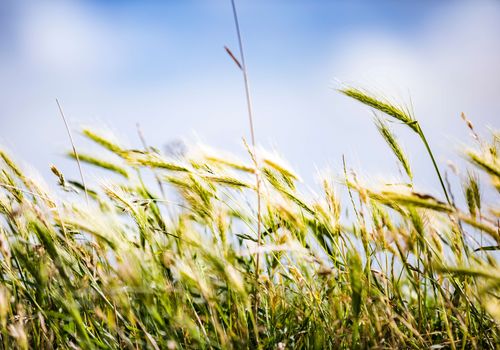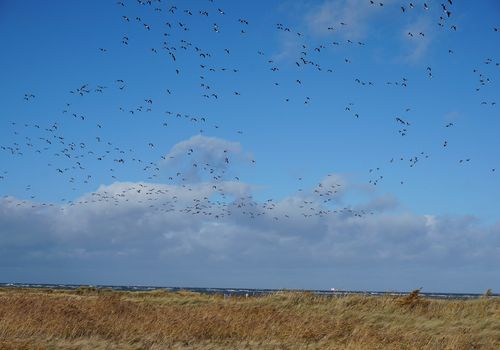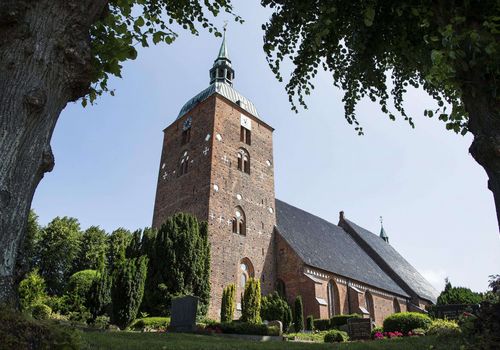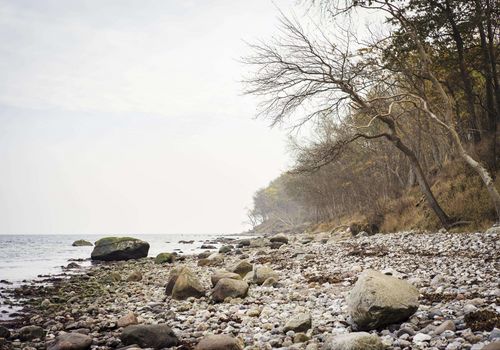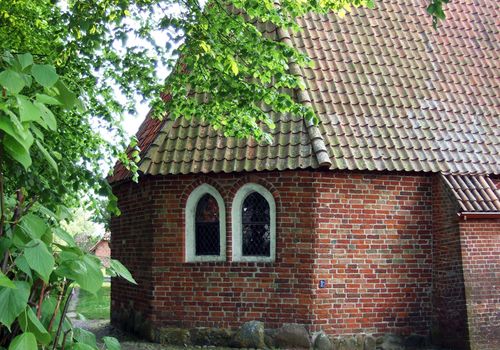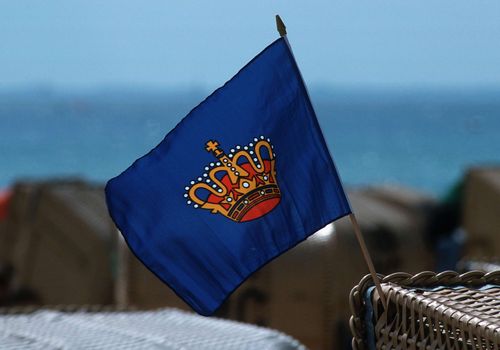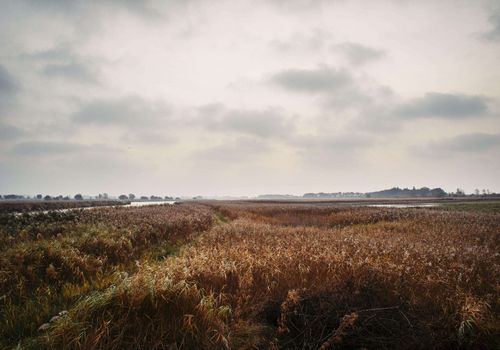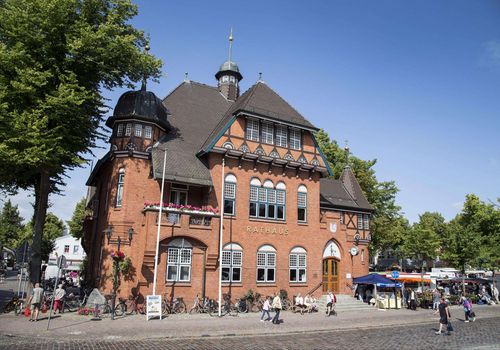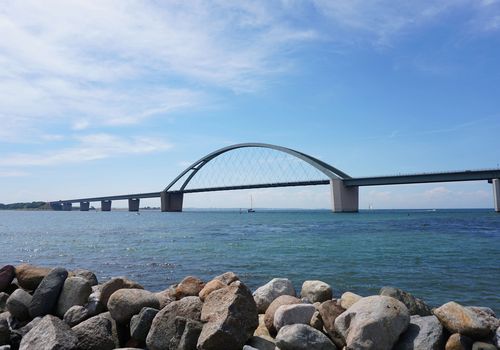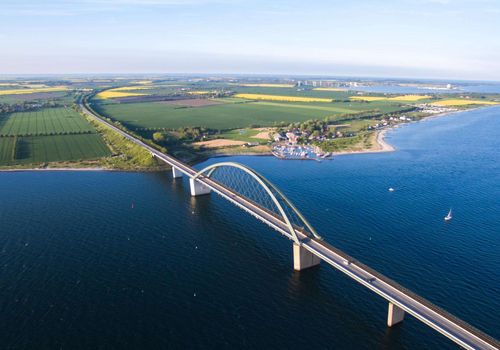A brief history of the island
Fehmarn is the only Baltic Sea island of Schleswig-Holstein and at the same time a city agglomeration in Schleswig-Holstein, which was formed in 2003 by the merger of all municipalities on the island. With an area of 185 square kilometres, Fehmarn is thus the second largest town in Schleswig-Holstein and the third largest German island.
The island’s name goes back to "fe mer", Slavonic for "situated by the sea". On 3 May 1580, under Count Johann, Fehmarn received the fief flag with its present pattern, a golden crown on a blue background, from the Danish King Friedrich II. It refers to the House of Oldenburg, then and now the Danish Royal House. There are historical data about a crown on a blue background dating back to 1349. For many, however, the crown symbolizes the fertile soil, while the blue background represents the sea.
As part of the Vogelfluglinie, the direct transport link between the Copenhagen and Hamburg conurbations, Fehmarn has been connected with the mainland by the Fehmarn Sound Bridge since 1963. There is also a 19-kilometre ferry connection from Puttgarden in the north to Rödby in Denmark. Fehmarn’s Staberhuk is the most easterly and Marienleuchte is the most northeasterly point of Schleswig-Holstein.
By the way, the inhabitants of the island are called Fehmaraner and not, as is often assumed, Fehmarner.
